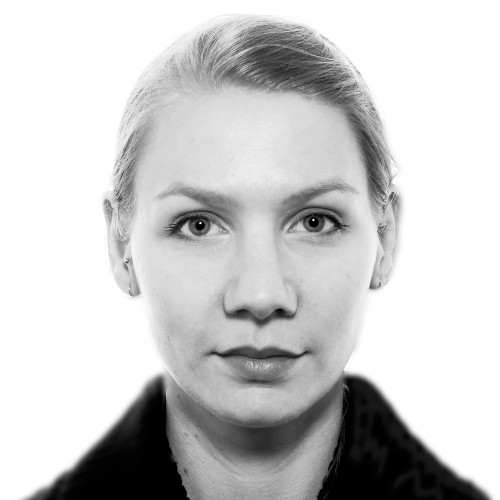
Alexandra Hoegberg
@alexhoegberg
Team Manager, Global Communications, UMC

In UMC’s documentary “Going further together”, we’re taken on a pharmacovigilance journey. Through the lens of local concerns, we’re offered a view of global patient safety.
As the camera sweeps across stunning vistas over cities, deserts, jungles, and mountains, UMC’s director Marie Lindquist begins to narrate a 25-minute long documentary about the story of global pharmacovigilance and the network of 150 countries in the WHO Programme for International Drug Monitoring.
Guided by local field experts, the audience is offered a glimpse into medicines safety issues that, while being unique to the featured countries, show that the challenges we face in pharmacovigilance are similar worldwide. And more importantly – so are many of the solutions.
In Cabo Verde, Carla Djamila Monteiro Reis at ARFA speaks of the importance of face-to-face advocacy in her country, where internet connectivity is limited and the population oftentimes have a poor understanding of how medicines work. “We want a better use, a safer use of medicines,” she says.
Darko Krnic´ from HALMED in Croatia calls for a global conversation about the benefits and risks of medicines – a discussion that can empower patients. “In this age of misinformation there are many different opinions on major issues,” he laments, and continues: “Vaccination is a great example of a divisive issue where, if people make the wrong decision, it could jeopardise the health of their children.”
Helping patients make informed choices is also a focus for Magaly Tito Yépez from DIGEMID in Peru. The nation faces a double challenge of limited access to medicines and a weak economy, something that opens up for black market merchants who put patients’ health at risk by selling substandard medicines cheaply. “We must continue working with healthcare professionals, universities, and the pharmaceutical industry to strengthen pharmacovigilance, and to create consciousness about the importance of communicating with patients,” she says.
In geographically diverse Morocco, Rachida Soulaymani Bencheikh at CAPM ponders the best way to frame her message so it’s as relevant to nomads in the Sahara as it is to urban commuters in Casablanca. Her team makes good use of media – like radio and social media – to spread pharmacovigilance awareness. “Education is paramount to everything,” she says. “Knowledge is power.”
The last stop of the documentary’s journey is Singapore, where Dorothy Toh from HSA focuses on new innovations that can help strengthen patient safety. With pharmacogenetics, she says: “We can personalise medications for each individual and actually it would contribute a lot to pharmacovigilance. As we customise medication, we might reduce side effects, we might increase efficacy.”
“Going further together” was filmed in collaboration with award-winning journalists at Miran Media, with the participation of senior pharmacovigilance professionals at regulatory agencies in the featured countries. Besides the main, 25-minute documentary, five shorter films have been created for each of the countries. The films are available on UMC’s YouTube account, and are shown at courses and conferences where UMC is present.
Oman’s VigiMobile launch is more than a technical upgrade. It signals a strong commitment to patient safety and public participation in pharmacovigilance.
17 September 2025
Prof. Singhal passed away on 19 April 2025. He is survived by his wife, children, and a large community of pharmacology researchers who had the privilege of training under him.
02 July 2025
How can we make healthcare safer for children? ISoP’s Angela Caro-Rojas shares insights ahead of World Patient Safety Day.
04 September 2025